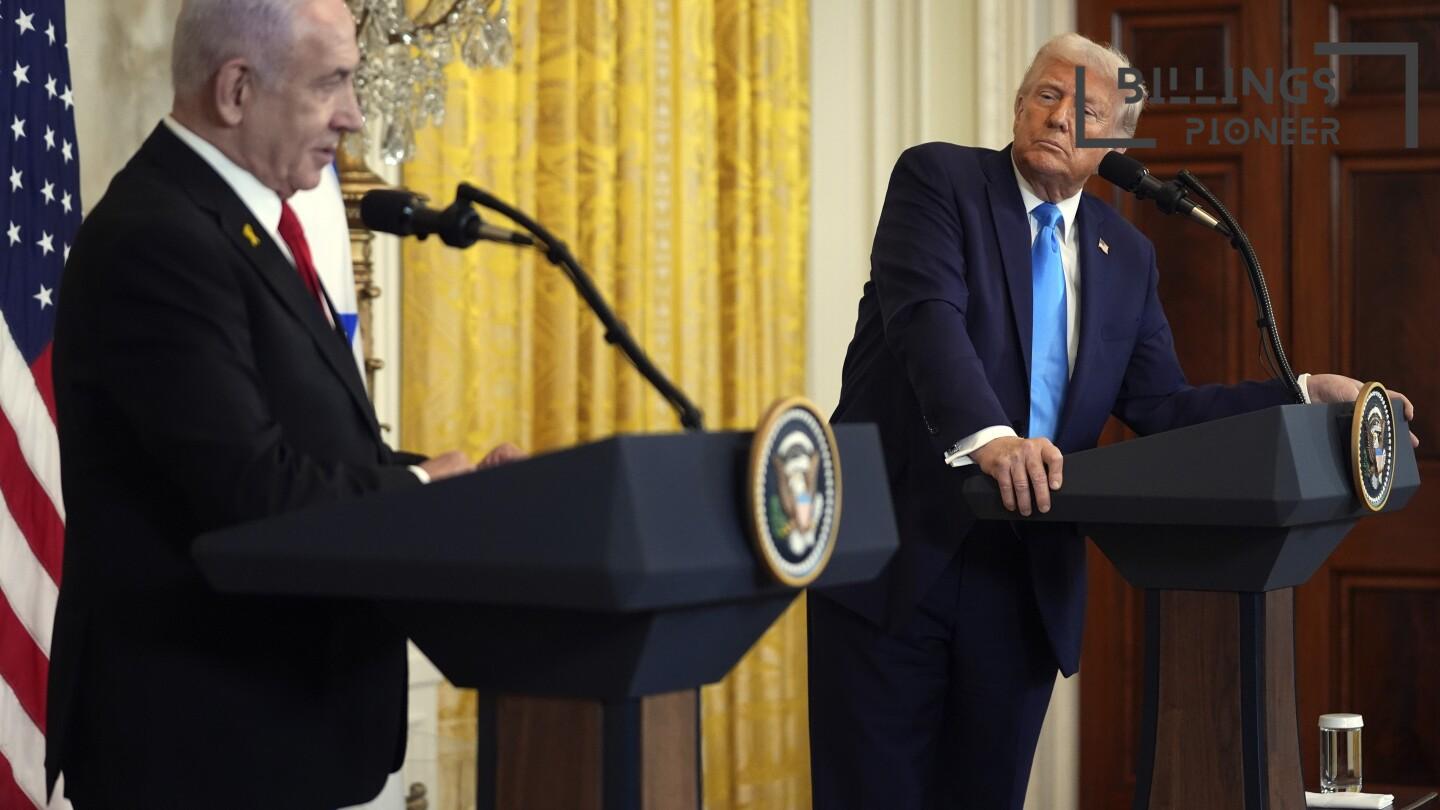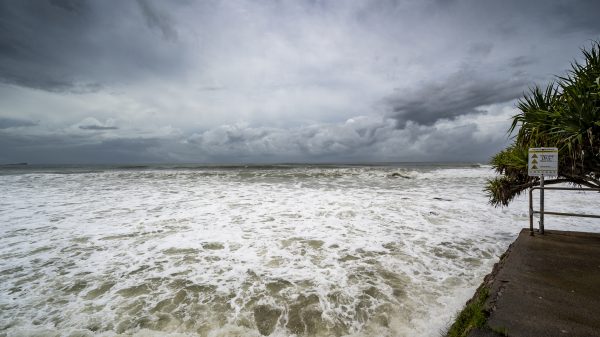In a surprising move during a meeting with Israeli Prime Minister Benjamin Netanyahu, former President Donald Trump unveiled an ambitious and controversial plan. He suggested that the United States should take control of the Gaza Strip and revamp the area, aiming to transform it into a prosperous region that he called the “Riviera of the Middle East.” This proposal has sparked a wave of discussions and worries, particularly among U.S. allies who fear it could further complicate an already delicate situation in the Middle East.
Trump’s Vision for Gaza
During this high-profile meeting at the White House, Trump proposed that the U.S. would permanently resettle Gazan Palestinians outside their homeland. His idea involves relocating the roughly 2 million Palestinians currently living in Gaza to neighboring countries like Jordan and Egypt. Trump believes this will create a safe haven for them while giving the U.S. the opportunity to help redevelop the region completely. He mentioned that the project could not only bring peace but also generate job opportunities and economic growth in what could become a beautiful coastal resort.
Concerns from Allies
Notably, Trump’s plan has raised alarms among various countries in the region. Egyptian and Jordanian leaders have expressed serious concerns about the idea of resettling Palestinians into their countries. They argue that this approach could lead to demographic upheaval and further unrest, defeating the very purpose of achieving long-term peace. As international observers closely monitor these developments, many are wary of how this plan might influence existing ceasefire conditions between Israel and Hamas.
Support and Skepticism
Despite the controversy, Netanyahu has praised Trump’s proposal, appreciating what he called “outside-the-box thinking.” During their talks, both leaders appeared committed to working together to eliminate threats posed by militant groups like Hamas, which has long been a concern for Israel. However, Trump’s idea has also drawn criticism from various U.S. political leaders who find it troubling, including Senator Chris Murphy, who called the proposal “sick.”
A Shift in U.S. Strategy?
This new plan signifies a possible shift in U.S. foreign policy concerning the complex Israeli-Palestinian conflict. Historically, the U.S. has supported a two-state solution, where both Israeli and Palestinian states would coexist peacefully. However, Trump’s recent comments on re-evaluating this option and his focus on U.S. ownership of Gaza may indicate a changing perspective that could take the efforts for peace in a significantly different direction.
What Happens Next?
The discussion between Trump and Netanyahu has opened a pathway for potential U.S. troop deployment in Gaza for reconstruction purposes, leading to further speculation about America’s role in the region’s future. With further negotiations imminent, the international community is left wondering what the next steps will entail, especially with the ongoing humanitarian crisis in Gaza impacting millions. The ceasefire remains fragile, and many hope that dialogue will prevail over disaster.
| Key Points of Trump’s Proposal |
|---|
| Permanent resettlement of Gazans |
| U.S. ownership and redevelopment of Gaza |
| Creation of economic opportunities |
| Increased military presence for reconstruction |
| Concerns from regional allies |











